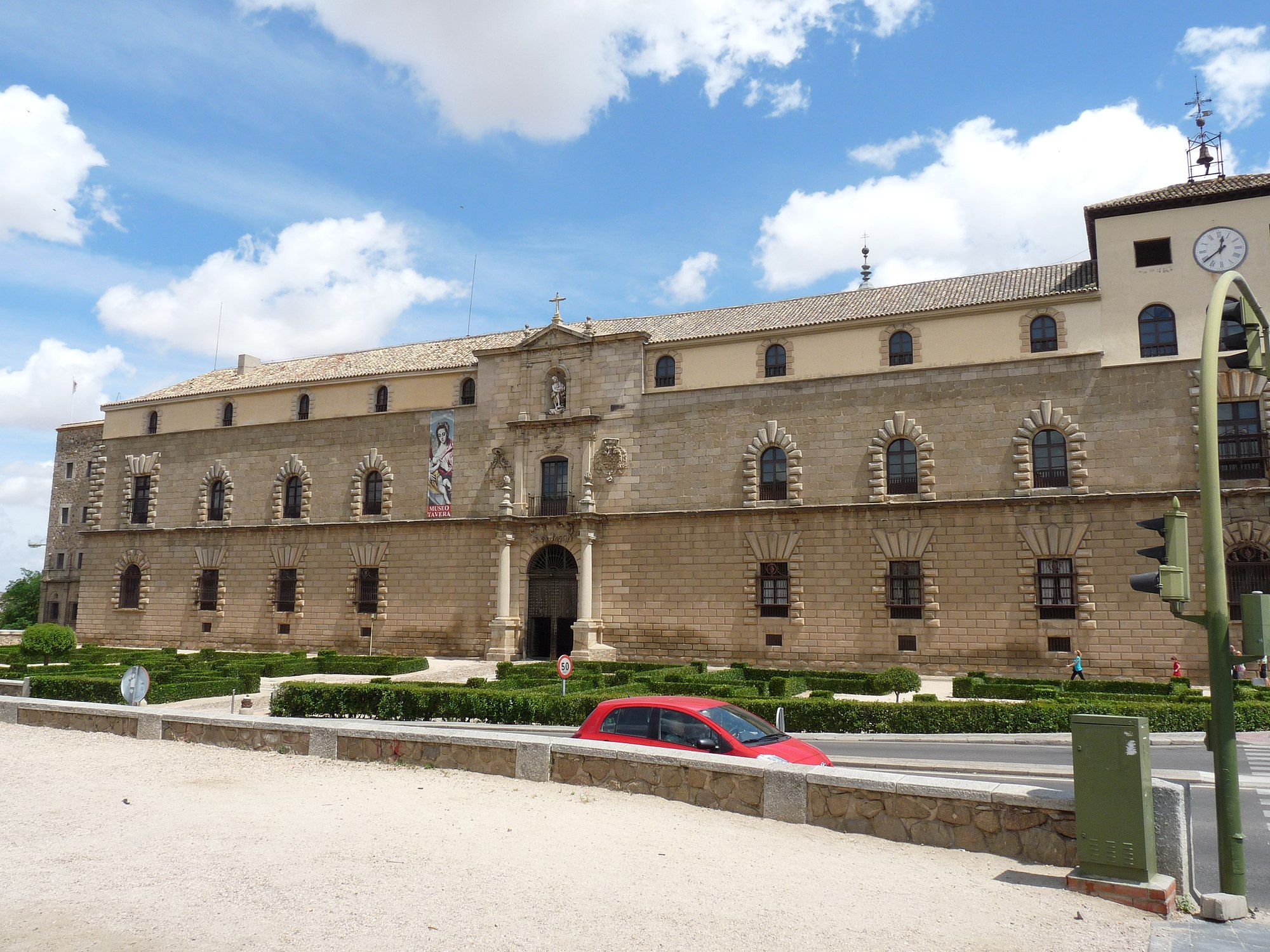More about Hospital Tavera
Works at Hospital Tavera

Sr. Contributor
The Hospital de Tavera is a place for art and death.
Also known as Hospital de San Juan Bautista, this hospital turned museum is not only the prime example of Renaissance architecture in the region but it also houses a crypt with the body of its founder and benefactors. If you have critical things to say about the art, I'd wait until you are well outside the building and the reign of its ghostly inhabitants.
The structure was ordered by Cardinal Juan Pardo Tavera as a hospital for the people and personal tomb for the religious man who’d decided that the local cathedral was too droll. The design was revolutionary for Toledo who sought afterwards to imitate the style for all their new building projects in an effort to become the “imperial city.” Or perhaps they simply wanted to make the Cardinal happy seeing as he had been elected Grand Inquisitor of Spain just the year before. Somehow I don’t think that the man heading the Spanish Inquisition encouraged his doctors to take the “do not harm” part of the Hippocratic Oath very seriously.
When he died in 1545 the Cardinal’s wishes were honored and he was buried in the hospital, his sepulcher designed by Spanish architect and Charles V of Spain’s court painter and sculptor, Alonso Berruguete. The intricate tomb is adorned by the 12 cardinal virtues and still on display in the hospital, if looking at large marble boxes filled with death is your thing. If it is then you will probably also enjoy the large circular crypt below the hospital which houses the remains of the Malagon and Medinaceli families and is known for the creepy echoes its domed ceiling enhances.
While visiting the hospital you can view the building’s original pharmacy, the church which contains a stunning altarpiece designed by El Greco, and oh yeah, the actual “museum” part of the building. The museum section was restored in 1940 by the Duchess of Lerma who wanted to use the space to display her dead in-laws collection of mostly Spainish, mostly religious art.
The Tripadvisor consensus is that this is a hidden gem and definitely worth your time if you are in Toledo. Visitors should note that the tour is highly recommended as the site offers little posted information on the art and history of the monument. Also, in the Spanish custom that I wish we’d adopt here, the building closes for an extended lunch from 1:30pm- 3pm so please plan accordingly. As the space is rarely visited by tourists who probably think it is an active hospital and not an architectural and historical marvel, the tours which run every 45 minutes tend to be small and intimate meaning the docents are likely to confess all they know. Grand Inquisitor Tavera would be proud.
Featured Content
Here is what Wikipedia says about Hospital de Tavera
39°51′56.35″N 4°1′26.45″W / 39.8656528°N 4.0240139°W

The Hospital de Tavera, also known as the Hospital de San Juan Bautista, Hospital de afuera, or simply as Hospital Tavera, is an important building of Renaissance architecture located is in the Spanish city of Toledo. It was built between 1541 and 1603 by order of the Cardinal Tavera. This hospital is dedicated to John the Baptist and also served as pantheon for its patron, Cardinal Tavera. Initially it began to be constructed under the supervision of Alonso de Covarrubias, being succeeded by other architects, with Bartolomé Bustamante finishing the work.
The remoteness with the old part of the city made it known as el hospital de afuera, since within the walls there already existed the Hospital de Santa Cruz.
Currently the building remains the property of the House of Medinaceli and inside it is the Museo Fundación Lerma, which houses part of the artistic collections of this lineage, as well as the Section of the Nobility of the National Historic Archive.
Check out the full Wikipedia article about Hospital de Tavera











